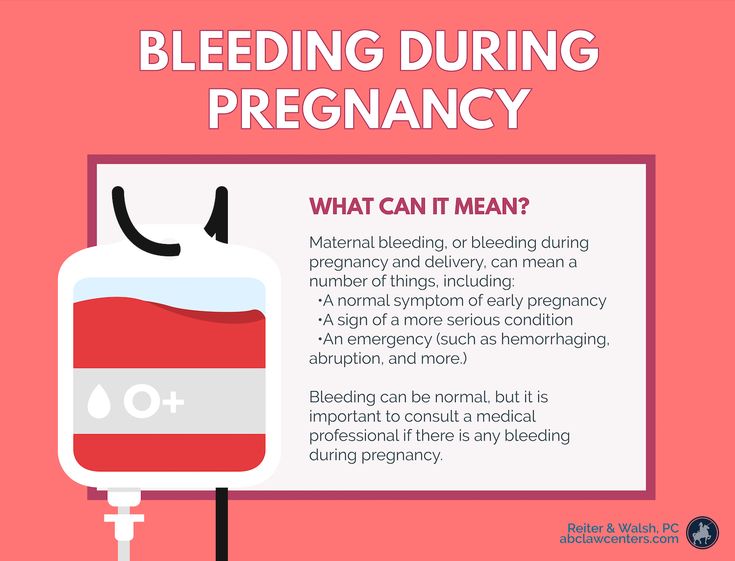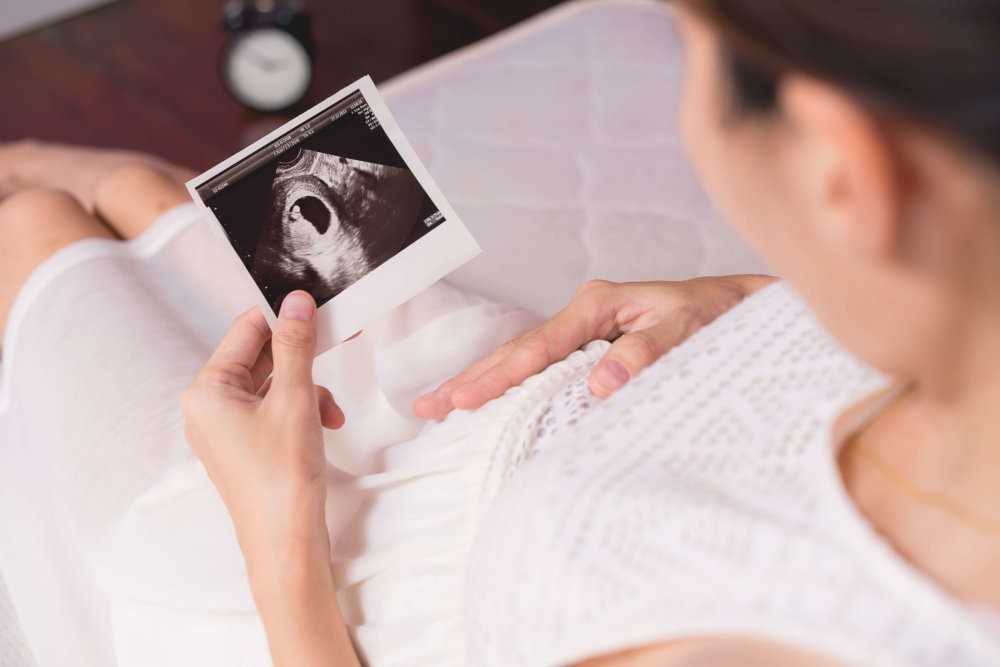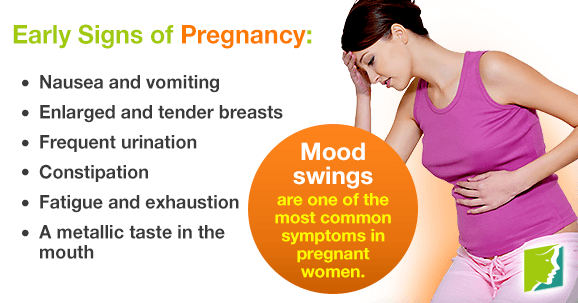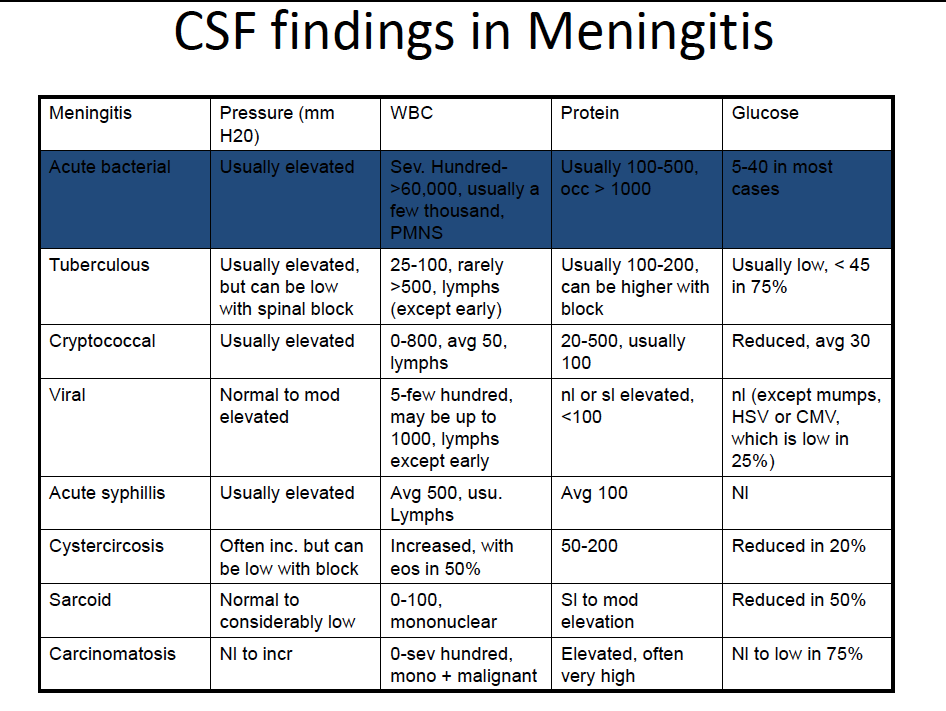Early pregnancy light pink spotting
Spotting During Early Pregnancy: Is it Normal?
The early days and weeks of your pregnancy are exciting times, and it's normal to have a million questions, especially if your body starts doing some unexpected things. One of the strange things you might notice is vaginal spotting. Read on to learn more about what can cause it, and what other types of vaginal bleeding can occur in early pregnancy.
What Is Spotting and What Causes It?
Generally speaking, spotting refers to the light vaginal bleeding that can sometimes occur between periods. However, it can also occur during early pregnancy. Although the sight of blood early in your pregnancy can be unnerving (leading you to wonder “Is this spotting normal?”), it's helpful to know that this is quite common and doesn't usually mean there's a problem.
As many as one quarter of moms-to-be experience some spotting during early pregnancy. Two common causes are described here.
One possible reason for spotting during pregnancy is that your body is now pumping almost 50 percent more blood. With more blood vessels forming in your pelvic region, your cervix may bleed more easily. You may be more likely to experience this kind of very light bleeding after sex, a pelvic exam, or a Pap test.
Implantation BleedingAnother common cause of light spotting in early pregnancy is implantation bleeding. This happens when the fertilized egg implants itself into the lining of your uterus, causing some drops of blood. In terms of timing, implantation bleeding usually happens about one or two weeks after fertilization.
It can be easy to mistake implantation bleeding for a light period, but this type of spotting is in fact an early sign of pregnancy. Implantation bleeding might also be lighter in color than what you normally see during your period, and it only lasts a day or two.
If you think you might be experiencing implantation bleeding, read up on some other symptoms of early pregnancy to see if you recognize any and consult your healthcare provider.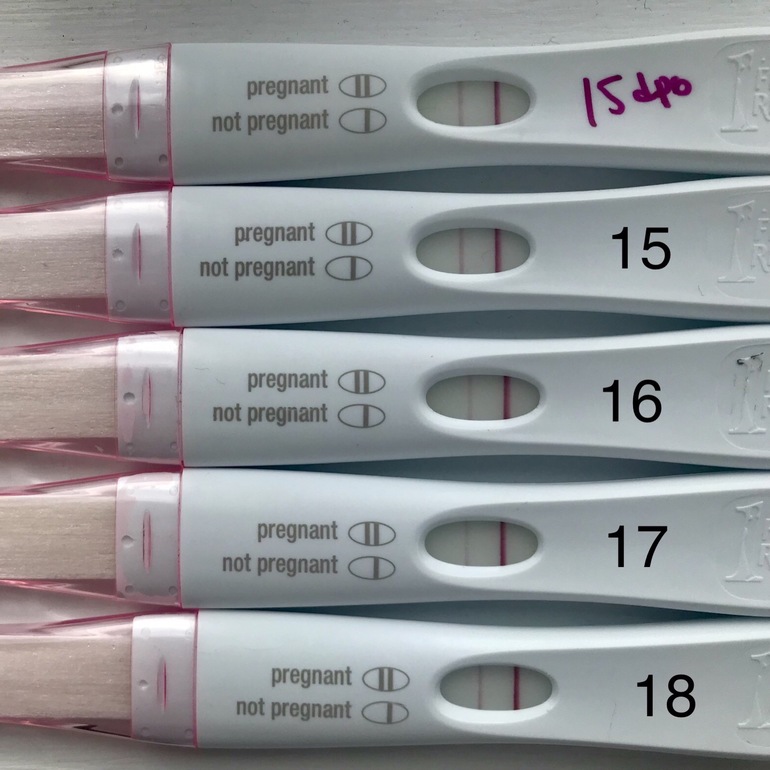
Symptoms and Characteristics of Spotting
Light spotting can be a normal part of early pregnancy. It might even be so light that it's only noticeable on toilet tissue after you wipe, or you might see a few drops on your panties. It usually lasts about a day, and is usually light in color. Most of the time it's lighter in color than your normal menstrual flow, though, sometimes, it can be red or brown in color. It is often painless.
Although spotting is usually nothing to worry about, it's important to report any bleeding to your healthcare provider just to make sure all is well.
Other Types of Vaginal Bleeding During Pregnancy
If you experience vaginal bleeding during what you think is early pregnancy, it could simply be that it is your period and you are not actually pregnant. Sometimes, it can be tough to tell the difference between the light spotting associated with early pregnancy and a light period.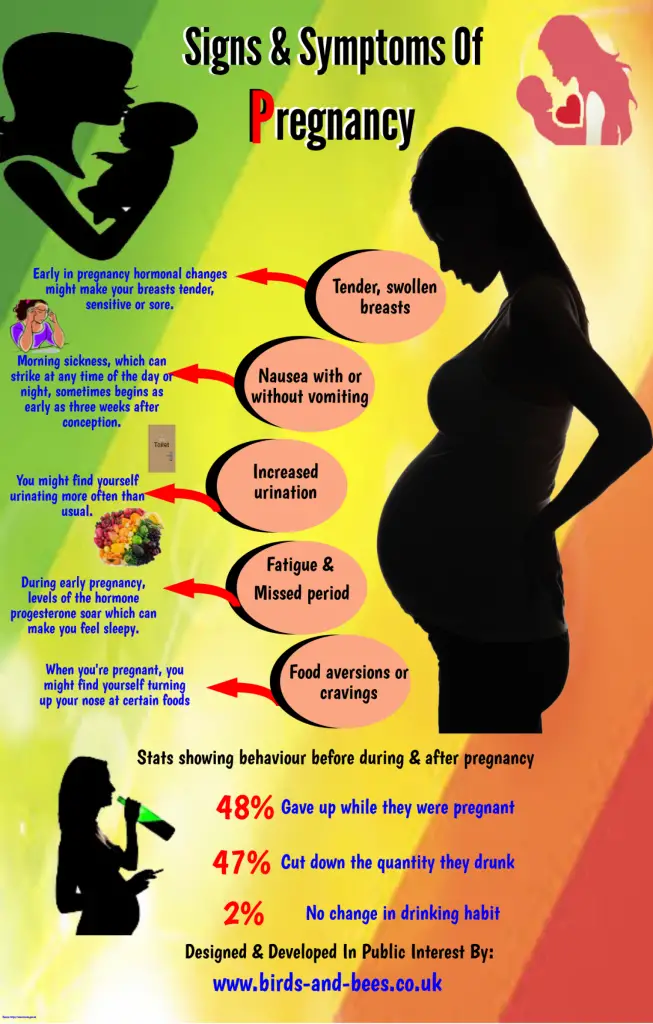 Remember, menstrual bleeding can come with abdominal cramps and may appear as a dark red or brownish discharge, as opposed to spotting, which is often painless and light pink in color.
Remember, menstrual bleeding can come with abdominal cramps and may appear as a dark red or brownish discharge, as opposed to spotting, which is often painless and light pink in color.
During early pregnancy, there are times when light spotting or heavier bleeding can be a warning sign you should not ignore. That's why it's always safest to mention any bleeding to your healthcare provider, especially if it's a heavy flow.
Heavy bleeding during early pregnancy can sometimes be caused by:
Early pregnancy loss. Losing a pregnancy in the first 13 weeks is known as an early pregnancy loss or miscarriage, and it can happen in as many as 1 in 10 pregnancies. You may experience some cramping along with bleeding, so always let your healthcare provider know if you have bleeding, either with or without cramping.
Ectopic pregnancy. An ectopic pregnancy happens when the fertilized egg doesn't make it all the way to the uterus, and instead implants itself somewhere else, usually in one of the fallopian tubes.
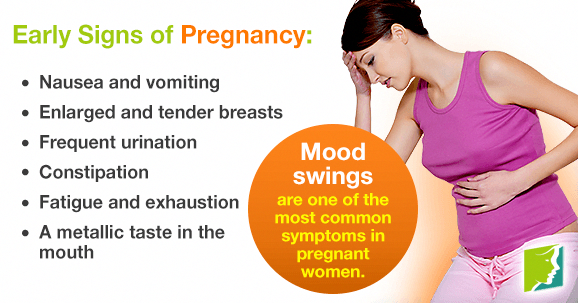 An ectopic pregnancy cannot progress. As the fertilized egg grows, the fallopian tube can rupture, leading to bleeding. An ectopic pregnancy can also cause abdominal or pelvic pain, so if you notice these symptoms along with any bleeding, let your provider know right away.
An ectopic pregnancy cannot progress. As the fertilized egg grows, the fallopian tube can rupture, leading to bleeding. An ectopic pregnancy can also cause abdominal or pelvic pain, so if you notice these symptoms along with any bleeding, let your provider know right away.Infection. A cervical infection or cervical inflammation can also cause bleeding in the first trimester. Your healthcare provider will be able to diagnose and treat any cervical issues causing the bleeding.
During early pregnancy, a little light spotting might seem scary. It's reassuring to know that it's often normal and nothing to worry about, but your healthcare provider will be able to completely put your mind at ease.
In the meantime, you can download our go-to Pregnancy Guide that's full of information about pregnancy health, nutrition, fitness, and more.
Bleeding and spotting during pregnancy - is it common?
Tommy's PregnancyHub
If you have any bleeding during your pregnancy, with or without pain, it’s very important to get it checked out.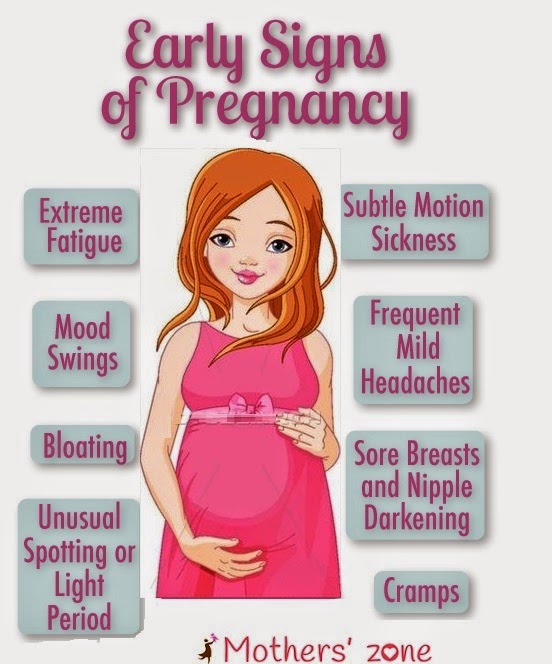
What cause bleeding in later pregnancy?
Some women may experience a light bleed later in pregnancy. This is may not be from inside the womb, but from the cervix, which can cause bleeding after sex. This may settle and doesn't necessarily mean there is a problem.
However, you should contact the hospital maternity unit immediately so you can be checked, just in case.
Here are some possible causes of bleeding in late pregnancy.
Late miscarriage
A late miscarriage is one that happens after the first 12 weeks of pregnancy, but before 24 weeks. It is also sometimes called a second-trimester or mid-trimester loss. Late miscarriages are not very common and happen in 1-2% of pregnancies.
Vaginal infections
Your midwife or doctor can discuss tests and treatment with you.
A 'show'
During pregnancy, there's a plug of mucus in your cervix. This mucus comes away before labour starts, or when in early labour, and it may pass out of your vagina. Find out more about the signs of labour.
Find out more about the signs of labour.
Low-lying placenta (placenta praevia)
In some people, the placenta attaches low down in the uterus and may cover part of or all of the cervix (the neck of the womb). This may block the baby’s way out. In most cases, this would have been seen at one of your routine ultrasound scans and you will have an extra scan later in your pregnancy to see if the placenta has moved up. If the placenta does not move up, you may be offered a caesarean section.
You may also bleed heavily during your pregnancy and your baby’s birth. This can put you and your baby at risk. If you have a low-lying placenta and have heavy bleeding you may need emergency treatment – call 999.
Find out more about low-lying placenta.
Placental abruption
This is a serious condition in which the placenta starts to come away from the womb wall. This causes vaginal bleeding and stomach pain.
Speak to your midwife, GP, or local maternity unit straight away if you think you have symptoms of a placental abruption.
Vasa praevia
This is a rare condition where the baby's blood vessels run through the membranes covering the cervix. These blood vessels are very delicate. If they tear when you are in labour or when your waters break, this can cause vaginal bleeding.
Contact your hospital maternity unit immediately if you are bleeding in late pregnancy. Find out more about vasa praevia.
What should I do if I have vaginal bleeding after 12 weeks of pregnancy?
Vaginal bleeding in pregnancy after 12 weeks is not common. If you have any kind of bleeding or spotting after 12 weeks, go to your local A&E or contact the hospital maternity unit immediately so you can be checked.
I’ve had a bump, fall or accident, what should I do?
If you’ve had a fall, bump or accident you should be checked by a doctor, GP, nurse or midwife – even if you are not bleeding.
If you have any vaginal bleeding or trauma to your bump (for example, if you fall over) contact your midwife or hospital maternity unit immediately. If you have rhesus negative blood, you may need an injection of anti-D. This will help protect any future pregnancies.
If you have rhesus negative blood, you may need an injection of anti-D. This will help protect any future pregnancies.
I’m having nosebleeds, what should I do?
Nosebleeds are quite common in pregnancy because of hormone changes.
These shouldn’t be anything to be worried about, but you should tell your midwife or doctor and they may check your blood pressure just to be safe.
I’m bleeding from my bottom (anus), what should I do?
A small amount of bleeding from the bottom may be due to a small tear or caused by piles (haemorrhoids). This is common in pregnancy.
These are swellings containing enlarged blood vessels inside or around your bottom. This causes itching, and pain or bleeding when having a bowel movement.
Speak to your GP, midwife if you are bleeding from the bottom. Don't use a cream or medicine to treat piles without checking it with a GP, midwife or pharmacist first.
Bleeding in pregnancy when you have had a previous miscarriage
Research has shown that taking progesterone may prevent a miscarriage if you:
- are bleeding in early pregnancy and
- you have had 1 or more miscarriages before.
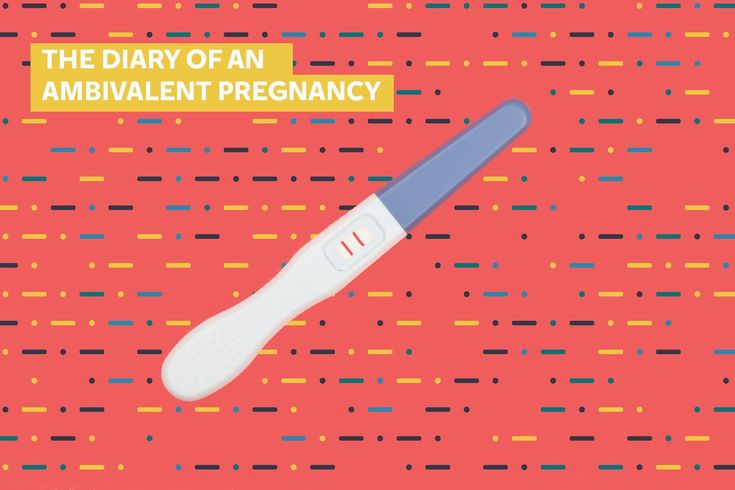
Progesterone is not an effective treatment for people with an ectopic pregnancy or a pregnancy of unknown location (when there is a positive pregnancy test but the pregnancy cannot be detected (seen) either inside or outside the womb on a scan). Sadly, it is not possible to save these types of pregnancies.
Find out more about progesterone and how to access treatment.
Review dates
Reviewed: 21 February 2023
Next review: 21 February 2026
reasons why and what to do
During pregnancy, a woman's body transforms, adapting to carrying a baby and preparing for the upcoming birth. Many expectant mothers are concerned about changes in vaginal discharge: their volume and color may change alert.
Tags:
Women Health
signs
How is the pregnancy
gynecology
Article checked by an expert, obstetrician-gynecologist
Do not self-medicate! In our articles, we collect the latest scientific data and the opinions of authoritative health experts. But remember: only a doctor can diagnose and prescribe treatment.
But remember: only a doctor can diagnose and prescribe treatment.
Marina Alexandrovna Boyko
obstetrician-gynecologist, member of ISSVD (International Society for Vulvovaginal Diseases) and ASEG (Association of Specialists in Aesthetic Gynecology), Clinic "ART-ECO"
During pregnancy, life is filled with new meaning and sensations. In addition to a high emotional load, a woman experiences serious physical transformations - from hormonal to metabolic processes. The body adapts to new conditions, responding to them with certain reactions. He may continue to secrete a secret of a different nature and color. Therefore, it is important to monitor what is happening and not ignore the development of an unfavorable situation. We will tell you in detail what discharge during pregnancy occurs in the early and late stages.
Why discharge occurs during pregnancy
In itself, discharge from the genital tract in women is normal.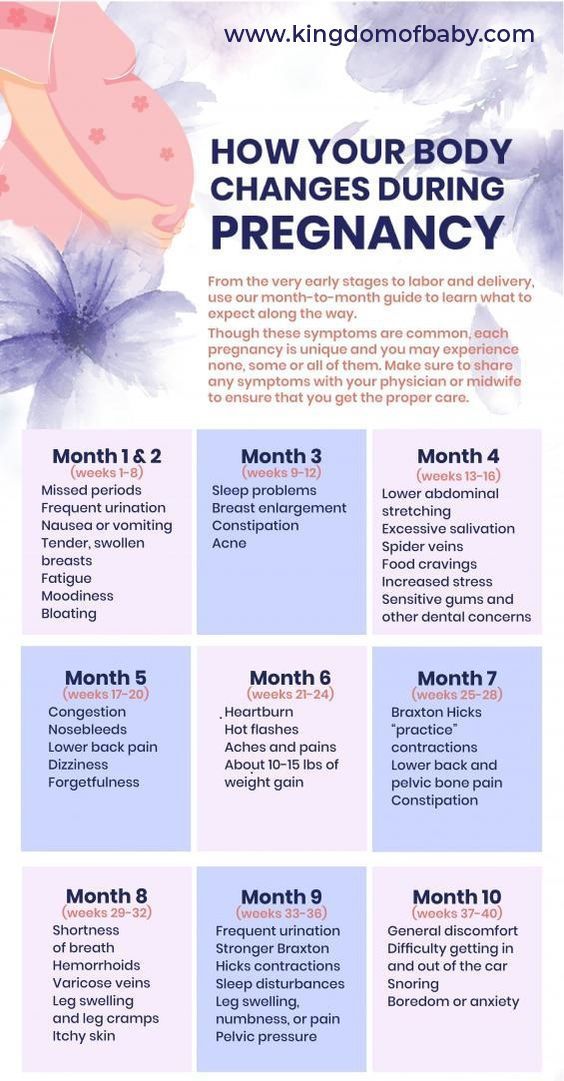 They are necessary to moisturize the vaginal wall and protect the genitals from infectious agents. Naturally, physiologically normal discharges are not accompanied by sensations such as pain, burning, and do not lead to redness and swelling of the skin and mucous membrane of the external genital organs. Their abundance is affected by the following indicators:
They are necessary to moisturize the vaginal wall and protect the genitals from infectious agents. Naturally, physiologically normal discharges are not accompanied by sensations such as pain, burning, and do not lead to redness and swelling of the skin and mucous membrane of the external genital organs. Their abundance is affected by the following indicators:
- the phase of the cycle, when after menstruation they become less, and during the period of ovulation more
- the presence of infections and inflammations, including in the pelvic organs
- sexual contacts, their frequency and the use of contraception
- means for intimate hygiene wearing synthetic underwear
ADVERTISING - CONTINUED BELOW
Many women note that during pregnancy, the discharge changes even before the delay of menstruation. So the body gradually adapts to a new state. The fact is that in the first time after conception, a serious hormonal restructuring occurs. The role of the hormone progesterone as a regulator of pregnancy increases significantly, as does the level of estrogen. The reproductive organs begin to function in an enhanced mode, so the discharge may be unusual and vary depending on the trimester.
The role of the hormone progesterone as a regulator of pregnancy increases significantly, as does the level of estrogen. The reproductive organs begin to function in an enhanced mode, so the discharge may be unusual and vary depending on the trimester.
For example, in the early stages, up to 12 weeks, atypical discharge occurs in three out of ten pregnant women. They are different in color - from transparent to dark brown and in consistency - viscous or liquid. In most cases, we are talking about natural changes in the body, although not always. What discharge is considered normal during pregnancy:
- white or transparent
- without a sharp and unpleasant odor
- within the allowed volume (2-3 ml or about a teaspoon)
- without itching, pulling pain in the lower abdomen, burning
When the first or second week of pregnancy goes, the embryo attaches to the wall of the uterus, growing into the endometrium, contacting the mother's body, so there may be light brown discharge.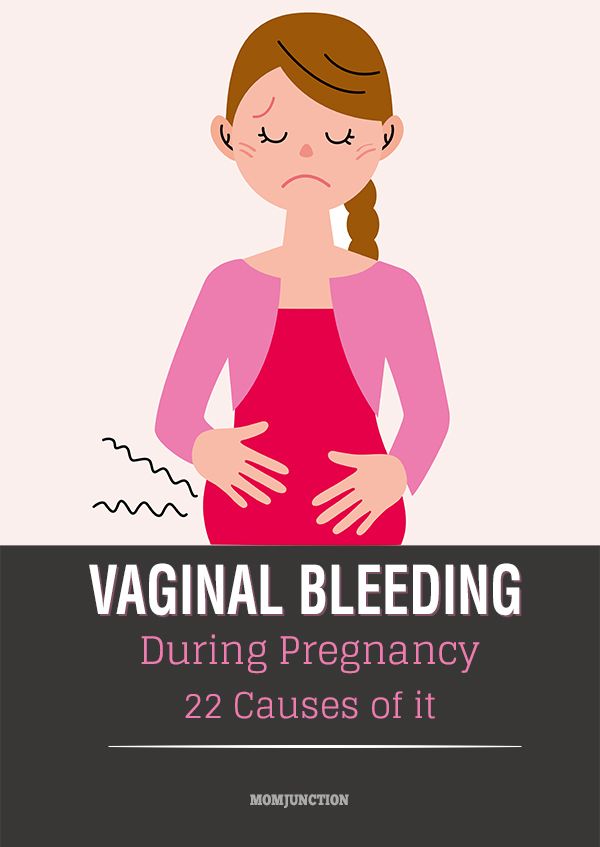 They are observed within a few hours or a couple of days. They can become thicker, but not necessarily, and this is also considered the norm.
They are observed within a few hours or a couple of days. They can become thicker, but not necessarily, and this is also considered the norm.
Types of discharge during pregnancy and their differences
The mucous plug on the cervix, necessary to protect against the penetration of microbes, appears due to progesterone. And more liquid, often viscous discharge during pregnancy becomes due to the influence of estrogen.
White discharge
Uniform density, matte white, without foreign smell and any clots of discharge are often noticeable throughout the entire period of gestation. If itching and burning join the white discharge during pregnancy, and they themselves become like thick kefir, this may already be a thrush. Vaginal candidiasis often accompanies women in position. The acidity of the vagina changes and it becomes sensitive to fungal microorganisms.
Fungi of the genus Candida are found in small numbers even in healthy women. As soon as the immune system weakens, they begin to multiply actively and cause unpleasant symptoms. The mucous membrane turns red, the itching intensifies, especially after a shower, and there is a burning sensation when urinating. It is impossible to take medications on your own, including vaginal ones, or douching. You need to talk about these signs to the doctor who will prescribe the treatment. If light discharge during pregnancy does not bother you, you do not need to deal with them.
As soon as the immune system weakens, they begin to multiply actively and cause unpleasant symptoms. The mucous membrane turns red, the itching intensifies, especially after a shower, and there is a burning sensation when urinating. It is impossible to take medications on your own, including vaginal ones, or douching. You need to talk about these signs to the doctor who will prescribe the treatment. If light discharge during pregnancy does not bother you, you do not need to deal with them.
Brown discharge
Colored mucus most often causes concern among expectant mothers, immediately there is a feeling that something has gone wrong. Brown discharge during pregnancy is not always dangerous during pregnancy. First of all, they mean the presence of an admixture of a very small amount of blood. As a rule, they are scarce and stop fairly quickly.
In early pregnancy, brown discharge is acceptable on the days when menstruation is due. Women often see them even before the delay - this is a mixture of cervical mucus and old blood with destroyed red blood cells. If a daily pad is enough for several hours, then they are considered moderately plentiful. If the "daub" persists for more than two days, you must consult a doctor.
Women often see them even before the delay - this is a mixture of cervical mucus and old blood with destroyed red blood cells. If a daily pad is enough for several hours, then they are considered moderately plentiful. If the "daub" persists for more than two days, you must consult a doctor.
Normally, the expectant mother sees them only in the first month after conception. At other times they should not be. Also, the pungent smell of brown mucus indicates the presence of an infection and a gynecologist's consultation is required.
Yellow discharge
If a woman had light yellow discharge before pregnancy, it may also appear during pregnancy. They also occur due to desquamation of the epithelial cells lining the vagina. The beige shade is manifested due to the destruction of red blood cells that are in the vagina after washing, sexual contact, and the use of suppositories. It is better to see a doctor when such a secret is noted for more than a day.
What should be alert is the rich bright color - almost orange, which is typical for the development of venereal diseases. Yellow-green bubbling mucus occurs with inflammation provoked by Trichomonas. In addition, it may be a symptom of dysbacteriosis with the growth of opportunistic microorganisms. Again, with itching, burning, fever, frequent urination, pain in the genital area, you should urgently contact a gynecologist. A consultation will not hurt even in the presence of yellow discharge without other symptoms - only a doctor can determine their potential danger.
Pink discharge
Scanty, with small streaks of blood, pink discharge during pregnancy is quite common. They are associated with the stage of implantation of the ovum about a week after conception. During this period, there may not yet be a delay. Also, at an early stage, the body produces the amount of hormones corresponding to the first phase of the monthly cycle. Implantation secretions are noticeable even three weeks after fertilization. It is important to remember, as we mentioned above, that a meager and short (several hours) secret is considered the norm.
Implantation secretions are noticeable even three weeks after fertilization. It is important to remember, as we mentioned above, that a meager and short (several hours) secret is considered the norm.
In general, if the pregnancy is between two and twelve weeks, pink discharge without other indicators (pain, itching, etc.) is not dangerous. They say that fertilization was successful. The transition to a reddish and even more so burgundy shade already poses a threat of termination of pregnancy, including when there are pulling pains in the lumbar region. This is a must-see.
Bloody discharge
It is important to consider how much blood is being shed. Not too voluminous spotting during pregnancy sometimes appears due to the implantation of the embryo to the uterine wall. As we have already said, you should not be afraid of them. But there are more serious reasons why expectant mothers notice traces of fresh blood on underwear or pads.
Spotting may occur in the first half of pregnancy until 22 weeks. Then they may become the result of the following pathologies:
- Premature detachment of the fetal egg
- Ectopic pregnancy
- Self -productive abortion
- Unsupported pregnancy
- Gap of the vessel during sexual intercourse
, if we are talking about more later than the causes discharge become trauma to the polyp, cervical erosion, premature detachment of the placenta and premature birth. Allocations, very similar to menstruation, require special attention during pregnancy, it doesn’t matter if there are a lot of them or a little. You need to urgently contact a gynecologist who will issue a referral for an ultrasound scan.
Discharge at different stages of pregnancy
What is considered normal in the first weeks after conception is not always acceptable in subsequent trimesters.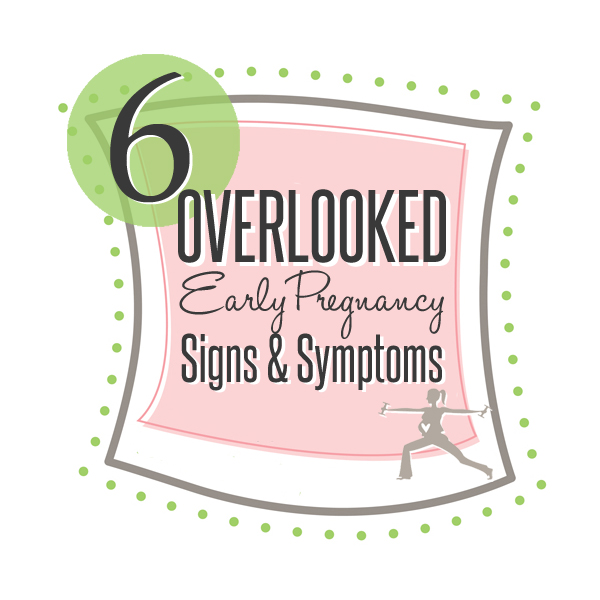 Let's talk about at what stage of pregnancy the discharge reflects the problem and requires special medical control.
Let's talk about at what stage of pregnancy the discharge reflects the problem and requires special medical control.
First trimester discharge
In some women (about 15%), spotting occurs about a week after fertilization. This is 18-22 days from the date of the beginning of the last menstruation. At this stage, the secret may be pale pink and brown. If a woman notices such slight discharge in the early stages of pregnancy, perhaps even before a delay, nothing bad happens in the body. Of course, if we are talking about two or three drops of vaginal fluid.
As we have already described, at this time the embryo is introduced into the uterine tissue: in the process of embryo implantation, damage to small vessels occurs. Hence a few stains on the linen. Note that some women mistakenly take discharge for signs of pregnancy. Yes, they can indirectly report it, but the test indicators, hCG analysis, and ultrasound results are more accurate.
Also in the 1st trimester, brown discharge may disappear and reappear, because sometimes there is not enough progesterone and there is a threat of termination of pregnancy. In general, hormonal changes are often accompanied by white or yellow secretions. Abundant spotting and the presence of other symptoms - itching, pain, change in smell, and so on should alert.
Discharge in the second trimester
Due to the increase in estrogen activity, the discharge becomes less viscous and more abundant. The liquid white secret continues to protect the vagina from germs, but only if it is free of inclusions and an unpleasant odor. Such discharge during pregnancy is considered normal in the 2nd trimester. But the abundant and frequent brown "daub", noticed in the period from 14 to 28 weeks, is already the result of the development of pathologies in the development of the fetus, placental abruption or cervical injury. In the next few hours, the woman will need qualified help.
In the next few hours, the woman will need qualified help.
Bloody discharge during pregnancy in this trimester is the result of different states:
- Low attachment of the placenta
- Placenta detachment
- Bubble chanting, when the embryo does not develop, and the choriona grows into bubbles with a liquid of
- intrauterine death of the embryo
If the secretion lasts longer than two days, looks copious, is accompanied by pain, no need to wait. It is urgent to contact a specialist.
Discharge in the third trimester
The closer to the final, the more abundant the vaginal discharge becomes. Moderate yellow or white discharge in the later stages rarely speaks of pathology. At the same time, they may indicate that the mucous plug is moving away, amniotic fluid is leaking, the fetal head is pressed against the cervix.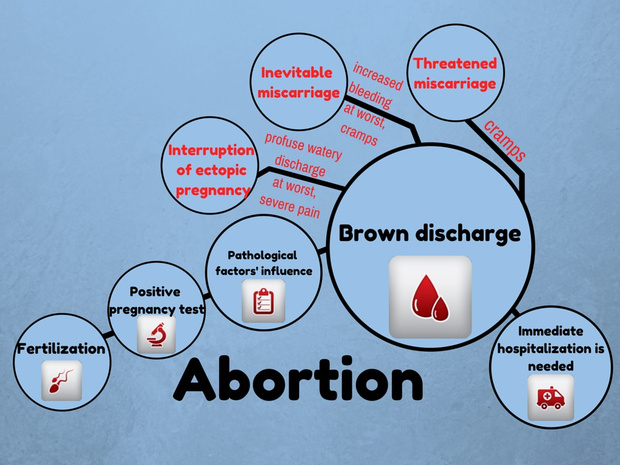 Bloody discharge during pregnancy at the onset of the 3rd trimester may also indicate this. This happens after an examination by a gynecologist, when the uterus was greatly disturbed. The most harmless indicator is the natural removal of the mucous plug, which means that in a few days labor will begin.
Bloody discharge during pregnancy at the onset of the 3rd trimester may also indicate this. This happens after an examination by a gynecologist, when the uterus was greatly disturbed. The most harmless indicator is the natural removal of the mucous plug, which means that in a few days labor will begin.
Unfortunately, there are also dangerous causes of bloody secretions: placental abruption and placenta previa. Also, yellow discharge without impurities is considered harmless. But they also talk about leakage of amniotic fluid in the third trimester, which poses a threat to the child until the 37th week, when he is considered premature. It is also possible infection of the amniotic fluid or the inner membranes of the fetus. In this case, the temperature rises, and an excess of the number of leukocytes is noticeable in the smear.
What kind of discharge during pregnancy is dangerous
Based on the foregoing, it is quite difficult to meet pregnancy without discharge.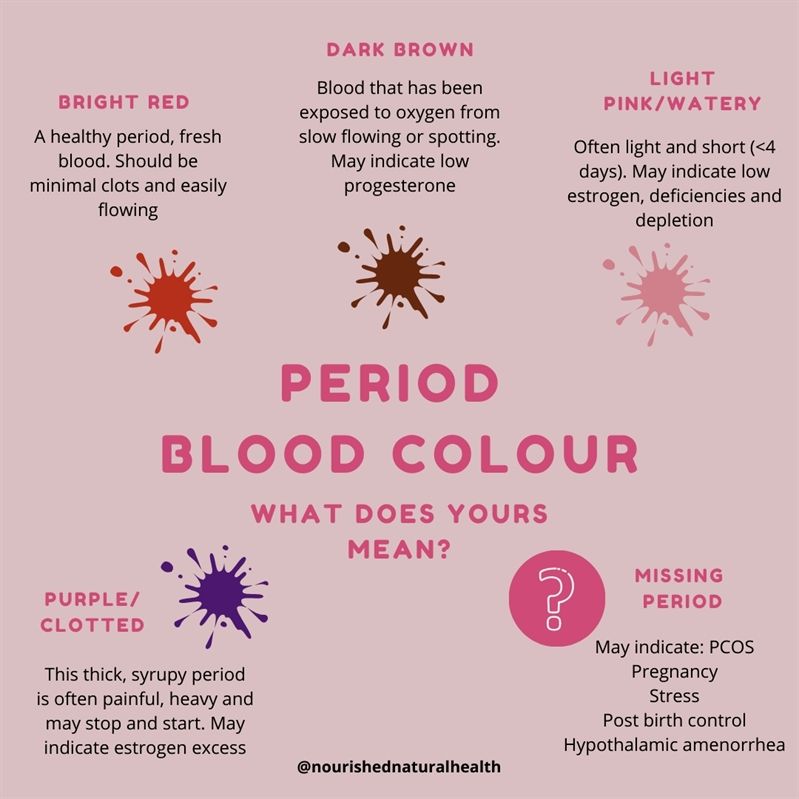 They are needed to protect the genital organs from external influences, and also serve as an additional signal demonstrating the presence of pathology. We will tell you when you need to contact a gynecologist without delay.
They are needed to protect the genital organs from external influences, and also serve as an additional signal demonstrating the presence of pathology. We will tell you when you need to contact a gynecologist without delay.
- Abundant bloody may indicate uterine bleeding and injury to the vaginal mucosa.
- Curds with a sour smell, burning and itching indicate the development of thrush.
- Bright red secretion, accompanied by nausea, edema, vomiting, hypertension may indicate a mole - urgently see a doctor!
- Lack of growth of hCG in the blood, bloody discharge, drop in blood pressure, weakness, pulling pains in the lower abdomen - symptoms of ectopic attachment.
- Abundant clots, sharp pains along with vomiting and diarrhea are sometimes noted in miscarriage.
- Yellow-green discharge with a putrid odor indicates the manifestation of an infectious disease.
By the way, with a plentiful secret, it is permissible to use only gaskets.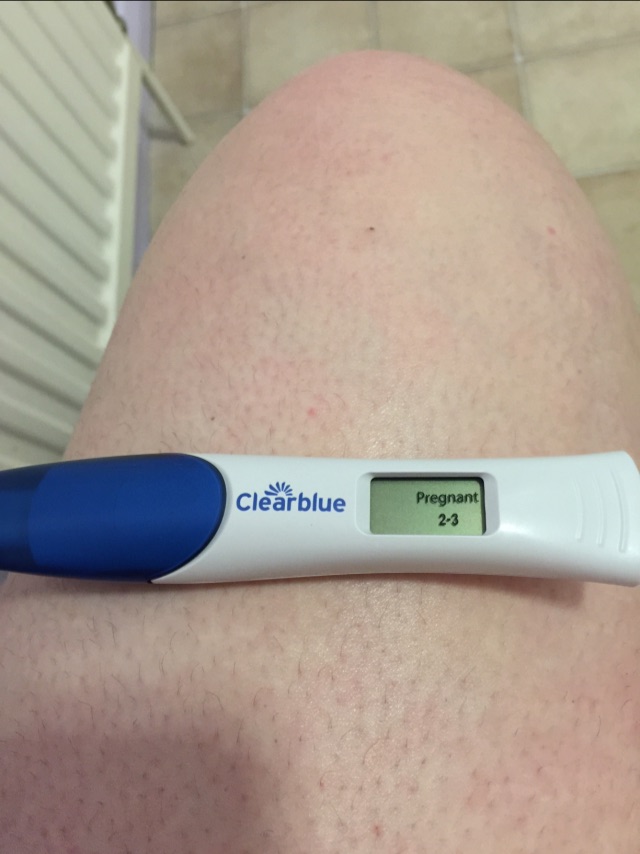 Tampons can harm the fetus and cause infection. You should not wait a week during pregnancy, when the discharge will pass by itself, studying the explanations of their causes on the forums. Not a single doctor will say that the expectant mother is worried in vain if she doubts the nature of the discharge. It is better to see a specialist once again to make sure that everything is in order with health and nothing threatens the baby.
Tampons can harm the fetus and cause infection. You should not wait a week during pregnancy, when the discharge will pass by itself, studying the explanations of their causes on the forums. Not a single doctor will say that the expectant mother is worried in vain if she doubts the nature of the discharge. It is better to see a specialist once again to make sure that everything is in order with health and nothing threatens the baby.
Photo: Rodnae Productions, Mart Production, Leah Kelley: Pexels
why they appear in the early and late periods, in the 1st, 2nd and 3rd trimesters, what to do at home
A pregnant woman has been trying to listen to herself and her condition for all 9 months. Colossal changes are taking place in the body of the expectant mother - and this is normal.
Pink discharge can be encountered at different stages of pregnancy. We understand when they are considered the norm, and when - a deviation.
Why does pink discharge appear during early pregnancy
Pink discharge in early pregnancy is usually not threatening (1).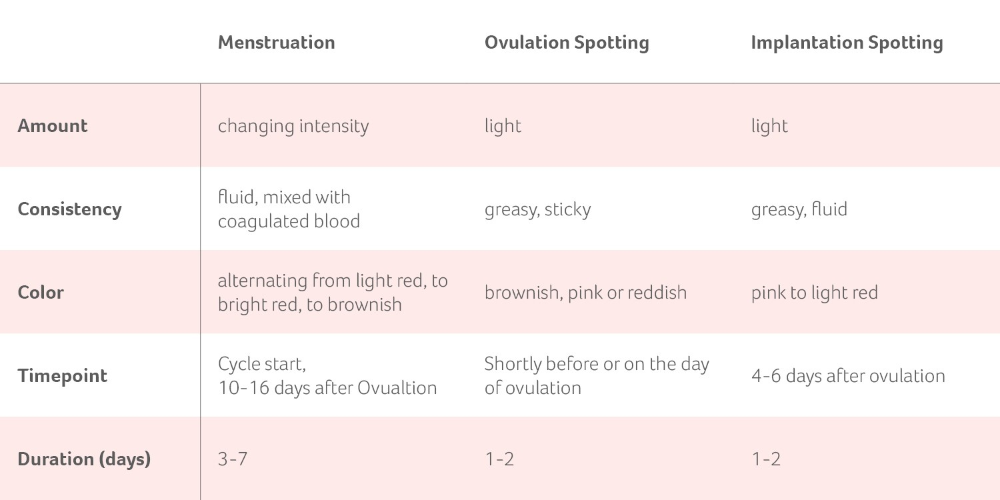 If a woman does not feel any other signs of discomfort (itching, burning, urination disorders), then everything is normal. Pink discharge indicates that fertilization was successful. If such a problem appeared at the moment when your menstruation should begin, you should not be scared either. Most often, such pink vaginal discharge passes quickly and painlessly.
If a woman does not feel any other signs of discomfort (itching, burning, urination disorders), then everything is normal. Pink discharge indicates that fertilization was successful. If such a problem appeared at the moment when your menstruation should begin, you should not be scared either. Most often, such pink vaginal discharge passes quickly and painlessly.
On the 25-28th day from the beginning of the last menstruation, such discharge indicates hormonal activity during a missed menstrual cycle (2).
Do not worry if a woman faced this problem from 2 to 12 weeks of pregnancy. Pink discharge passes quickly and does not pose a threat. But if they drag on, have a reddish or burgundy hue, if there are pulling pains in the lower abdomen or lower back, then you urgently need to see a doctor.
2 trimester
After the 12th week of pregnancy, a woman can relax a little, as the chances of losing the fetus are significantly reduced. The hormonal background is stabilizing. However, if from 12 to 27 weeks, the expectant mother notices pinkish or even brown discharge, this is a reason to see a doctor. In the second trimester, such discharges are dangerous, they can talk either about polyps (benign growths from the amniotic membranes), or about placental abruption.
However, if from 12 to 27 weeks, the expectant mother notices pinkish or even brown discharge, this is a reason to see a doctor. In the second trimester, such discharges are dangerous, they can talk either about polyps (benign growths from the amniotic membranes), or about placental abruption.
Why does pink discharge occur during late pregnancy
The last months of pregnancy are an important stage. The body prepares for the birth of a child, hormonal reserves, muscle activity and secretory function are activated. And it is the last component that plays a huge role in the health of the expectant mother.
If she notices pink discharge in the last months of her pregnancy, she should consult her doctor. After all, pink vaginal discharge is bloody streaks that somehow stain the main mucous secretions.
Why pink tinge may appear late:
- erosion;
- placental abruption;
- thrush;
- beginning of labor activity.
IMPORTANT!
If you have an erosion, you do not need to plan any interventions and treatments before the baby is born. During pregnancy, cauterization or the use of cryotherapy is not practiced.
During pregnancy, cauterization or the use of cryotherapy is not practiced.
Beginning of 3rd trimester
Vaginal discharge of a pink tint from 27 to 36 weeks requires special attention. When they appear, it is better for the expectant mother to consult a gynecologist, especially if such secretion appears regularly. The problem may indicate the presence of pathology.
End of 3rd trimester
If you notice pink discharge towards the end of pregnancy at 37-40 weeks, then most likely there is nothing to worry about. Such secretion may indicate the passage of a mucous plug, which indicates an impending birth.
In any case, a woman needs to contact an obstetrician-gynecologist to consult and remove all suspicions, as well as protect herself and the fetus from unpleasant consequences.
How to deal with pink discharge during pregnancy at home
If you find pink discharge at any stage of pregnancy, do not do anything yourself. The best thing you can do is to contact your gynecologist, who can pinpoint the exact cause of the problem.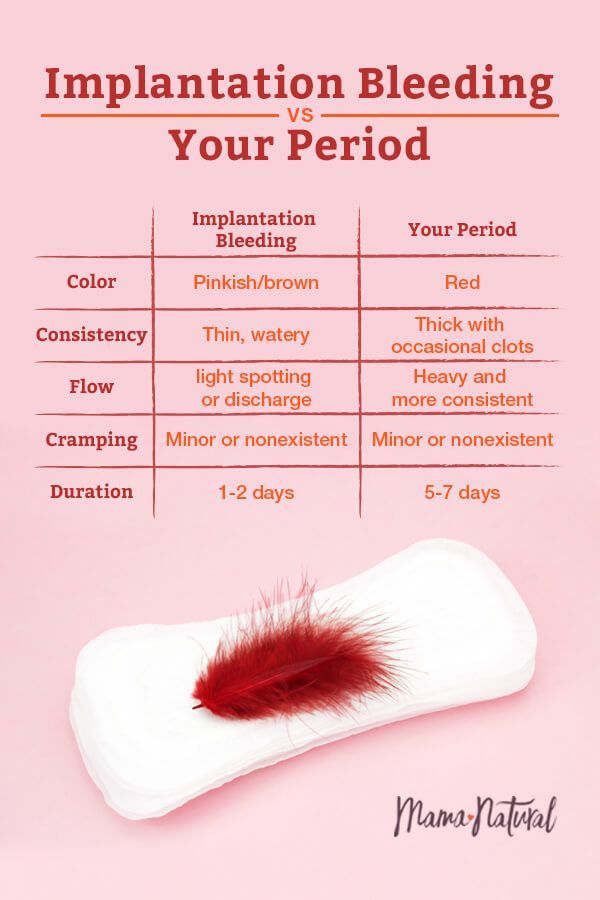
- Discharge of pink color or with streaks of blood during pregnancy is always a special, separate situation that requires attention from both the pregnant woman and the doctor, - explains obstetrician-gynecologist Olga Lukasheva .
Popular questions and answers
Obstetrician-gynecologist Olga Lukasheva answers questions about pink vaginal discharge.
Can I have sex with pink discharge?
Considering that such discharge may accompany the threat of termination of pregnancy, it is best to refrain from intimacy until the cause of the discharge is clarified and further tactics are determined.
What should I do if I notice pink discharge?
Bleeding during pregnancy can be unpredictable, so the best thing to do is not to panic. And seek advice from an obstetrician-gynecologist.
Can I play sports with pink discharge?
In the presence of pink or other bloody discharge of varying intensity, it is worthwhile to stop playing sports for a while until the causes of their occurrence are clarified.